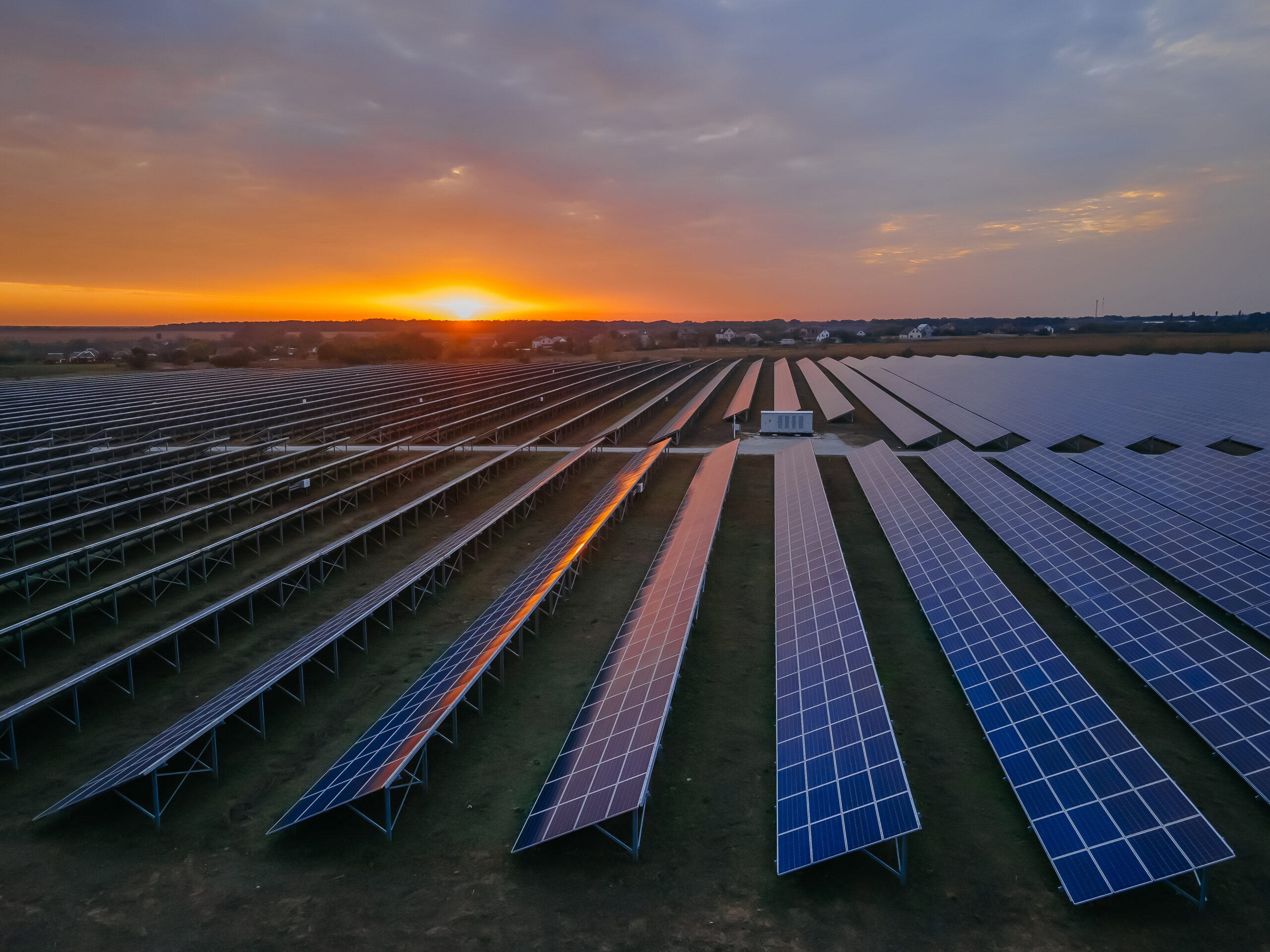The concept of a ‘black spot’ program is well-established, used to identify and mitigate trouble spots and improve outcomes in road safety, mobile coverage and many other fields.
The idea is that by using local expertise to identify and assess priority projects, relatively minor works can lead to major benefits, in a cost-effective, targeted process funded by the government. Implementing a similar approach for a ‘Grid Black Spot’ program could solve smaller transmission problems, supplementing governments’ big transmission builds.
State expenditure, such as the NSW Government’s June announcement of $1.2 billion investment to fast-track critical transmission projects, is of course very welcome, especially on top of the Federal Government’s $20 billion promise. However, these announcements bring to the fore existing questions about how best to improve grid availability. Should this be done via the Regulatory Investment Test (RIT) process? Or under new state bodies like EnergyCo NSW, which is the agency in charge of the state’s Transmission Acceleration Facility? And are we going to continue concentrating only on big projects like the Central West REZ powerline?
My opinion is that government scope needs to be broader and more strategic, with a process set up to address some of the smaller ‘black spots’ in our existing transmission network.
We need to ensure network investments are in the public interest, and the RIT is the best method for doing this. However, there are well-known issues with the RIT process: it has difficulty establishing social licence; narrow economic focus; excludes decarbonisation cost-benefit analysis; is not designed for contestability and doesn’t integrate well with generation planning.
However, perhaps the most pressing problem for a quick, smooth, renewable energy transition is the long timeframes involved, even for quite modest upgrades. For example, a recently approved project to improve supply to Broken Hill took around two years to get through the approval process, and that’s without counting construction. Worse still, projects designed to enhance generation opportunities (as opposed to those designed to meet demand), are very hard to justify under the RIT process.
A lot of generation could be unlocked using relatively small amounts of money by fixing smaller issues in the transmission system. This would entail solving the problems that currently curtail and stall existing projects, preventing low-cost electricity reaching consumers.
A good example of where a ‘black spot’ approach could be used to good effect is the 94T line between Orange and Molong, dubbed the ‘Line of Losses’ by NSW solar businesses. This is great solar country, but many solar farms are badly curtailed by this 132kV network are the Manildra (46.7 MWac) and Molong solar farms (30 MWac), which each lost 40% of their potential generation in FY 21/22. A relatively small RIT-T process is underway, but it is unlikely to fully unlock projects in this area and will likely leave the 132 kV network as a bottleneck between the Central West renewables and consumers in Sydney. This is an instance where an alternative fast-track pathway such as the ‘black spot’ program has the potential to solve the problem more completely and in a much faster timeframe.
Of course, we need big transmission, but building it is very challenging and time consuming, and there is a real risk that NSW consumers will pay higher prices because of delays. To mitigate this risk, some of the transmission money should be spent on a ‘Grid Black Spot’ program.
In NSW, the Electricity Infrastructure Investment Act 2020 enables money to be spent on these programs via both Ministerial powers and the Consumer Trustee. Therefore, the challenge isn’t regulatory, and there aren’t big barriers to beginning the program: rather, the challenge lies in finding and assessing worthy projects outside the cumbersome RIT process.
The best place to start is by tapping into those who are most familiar with the ‘black spots’: companies trying to develop wind, solar and battery projects in the regions. Via their grid-connection studies, these companies can identify diverse problems such as sections of lines that need new conductors, system strength mitigations and substation upgrades. Fixing these would make a big difference.
Tapping into this existing knowledge would allow us to begin quickly and efficiently unlocking curtailed energy. The process would need to be determined but could involve communicating with relevant companies to identify problems; assessing projects by dollars invested versus megawatt hours released, perhaps also considering the speed of delivery. After priorities were determined, solutions could be found and implemented, delivering more green, cost-effective megawatt hours to the consumer.
Another benefit of this approach is that it allows more dynamic thinking than is the case with the RIT process. For example, fixing just the relatively short 94T line would not solve the problem: rather, it would simply shift the black spot further down the line. The proposed ‘Grid Black Spot’ program would proactively solve problems, taking a more strategic, fast and dynamic approach to getting the energy to Sydney.
A ‘Grid Black Spot’ program would be an important addition to the great work already being done to future proof the state’s transmission infrastructure. It would complement the big programs, help transmission keep pace with the renewable energy transition, and diversify NSW’s transmission strategy.
About the Author. Luke Osborne is a fellow of Engineers Australia and a Director at Stride Renewables. Some of Stride’s clients are impacted by grid constraints.
Published in RenewEconomy 12 December 2022


